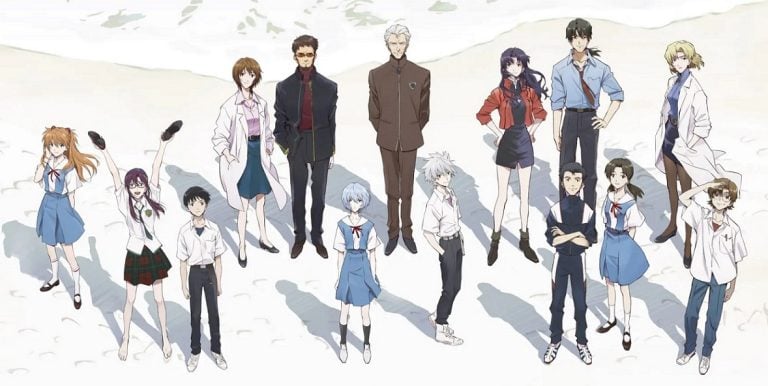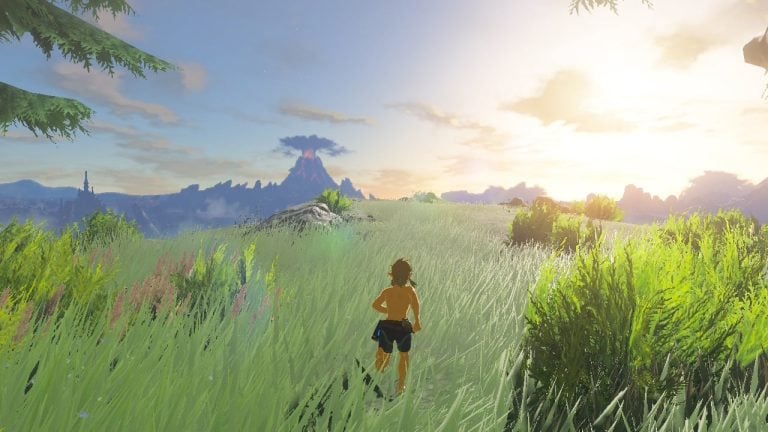Publication date of the original Japanese article: 2021-10-22 09:51 (JST)
Translated by. Nick Mosier
Development time estimations have become a big topic of discussion among indie game developers with many taking to Twitter to talk about their experiences.
Giraffe and Annika
Atsushi Saito, the developer behind Giraffe and Annika, looked back on their blog from 2015 when development for the game started. Saito had estimated their game would have roughly 30 minutes of playtime and planned for development to last for one year.
However, by the time the game was completed, 4 years had passed, and the volume of the game ballooned to 5 to 6 hours of playtime. Saito said that despite having experience working at a game company, it was still difficult to make an accurate estimation for their own project.
It wasn’t until 2016, when a demo was released, that Saito was able to put together a realistic schedule. But in spite of that, they also mentioned the debugging that followed did not go as planned. Saito quit their job during the second year of the game’s development to work on it full time, but even still, said, “Game development takes a really long time.”
ElecHead
Nama Takahashi, the developer of the recently released ElecHead, also looked back on the development history of their own game. ElecHead was modeled after a prototype Takahashi had made as a student. After graduation, Takahashi decided to forgo joining a company and test what the independent freelance life would be like by completing the project in 3 months. However, it would take a number of years before the game was finally released. Takahashi met roadblocks, progressed on other projects, and ran into various twists and turns along the way that required time.
Even still, Takahashi says that making a schedule beforehand isn’t meaningless and that it’s important to have deadlines and milestones. Without some sort of deadline, there will be no end in sight. They also mention how games get completed at game jams despite their tight deadlines, which seems to have demonstrated to them the value of estimating development time.
Fight Crab
Fight Crab developer Nusso also talked about the difficulties of estimating development time. Nusso said it took two years from the start of development until a release on Early Access. Despite having almost everything put together at that point, after optimization and creating additional content, it took another year until the game could be released on the Nintendo Switch. Furthermore, adding and adjusting new features, fixing bugs, and further porting effort has brought the development time for Fight Crab to over 4 years.
Nusso also compares the difficulties of making a development schedule with other forms of media. With manga, mistakes in a drawing to a certain degree don’t ruin the entire product, and publication is still possible. With games, one bug can ruin the entire thing. On top of that, there are also cases where adjustments in the final stages of development drastically improve the overall quality, so Nusso believes that progress in game development isn’t linear.
Gensokyo Defenders
Syousa, a member of the doujin group Neetpia that works on Touhou Project fangames such as Gensokyo Defenders, also chimed in. When looking back on the difficulties of keeping a development schedule, they said that it took two years from the start of development to distribution at the Comic Market, with another 9 months to port the game to the Nintendo Switch and 6 more months until it supported Steam.
On the other hand, they also said, “You only get so many chances to release even a relatively large-scale title. You can’t release something you’re going to regret just to maintain the schedule,” when talking about the balance of maintaining a schedule versus maintaining quality.
SUPER UFO FIGHTER
Taro Masuda of the Japanese development team VV-LABO also talked about the topic in relation to SUPER UFO FIGHTER, which is currently in development. They started with the aim of making a little 300 yen (roughly $3.00) game on a 3 month schedule, but the game continued to grow, and now they’re plunging into the third year of development. The game is currently being polished for a fall 2021 release. “What will be implemented into the final game and in what way? … Nobody knows,” Masuda tweeted, as they continue to pack in more content.
Parasite days dev
Yusuke Iijima, a mobile game developer who placed in the top 10 of the Google Indie Games Festival 2021, talked about their own development experience. They said that something you plan on making in 3 months will require 6 to 9 instead, and they subscribe to the theory that a schedule will take 3 times longer to complete than initially estimated.
They also tweeted about maintaining motivation during the development process, which seemed to resonate with other developers. Iijima believes that if you work on a game with the attitude that it must be done quickly, that sense of uneasiness will result in a lack of motivation. On the other hand, if you’re precious with every bit of the project, the game’s completion just gets further and further away. It seems that managing the schedule and maintaining motivation are two contradictory problems that need to be dealt with.
Kodansha Game Creators Lab program
As for why Japanese indie game developers were on the subject of estimating development time, it may be partially related to a mutual Twitter follow. But what started the conversation was a Tweet from a Japanese publishing company, Kodansha.
The company released a notice for their Kodansha Game Creators Lab program. This is a program where Kodansha accepts project plans for indie games and gives financial support to the ones they sponsor. It’s a large-scale project where those selected get a publishing editor attached to their game to provide support, and they become eligible to receive a maximum of 20 million yen (roughly $200,000).
However, you don’t get to just receive all that support money upfront. The money is paid up to 5 million yen (roughly $5,000) every 6 months, so the full 20 million yen is spread out over two years. Or to look at it another way, the game needs to be completed within two years.
While there isn’t a punishment for not completing the game within the promised timeframe, you’re stuck having put your project’s publishing editor in a really tight spot. The time limit hasn’t changed since the first round of applications were being accepted in 2020, but the tweet from Kodansha seems to have gathered the attention of Japan’s indie developers.
When looking at what these developers have said, each project was meant to be small-scale with minimal requirements for completion. However, as tends to be the case with creators, many of the projects grew in scope while in development.
One of the appeals of indie game development compared to large corporate projects is being able to continue working on something until you’re satisfied. But with that comes the pain of working with no end in sight. This is a good lesson on the ideals and hardships that creators bear.
Game development related article:
Game developers frustrated as their Steam review keys are being abused by scalpers





